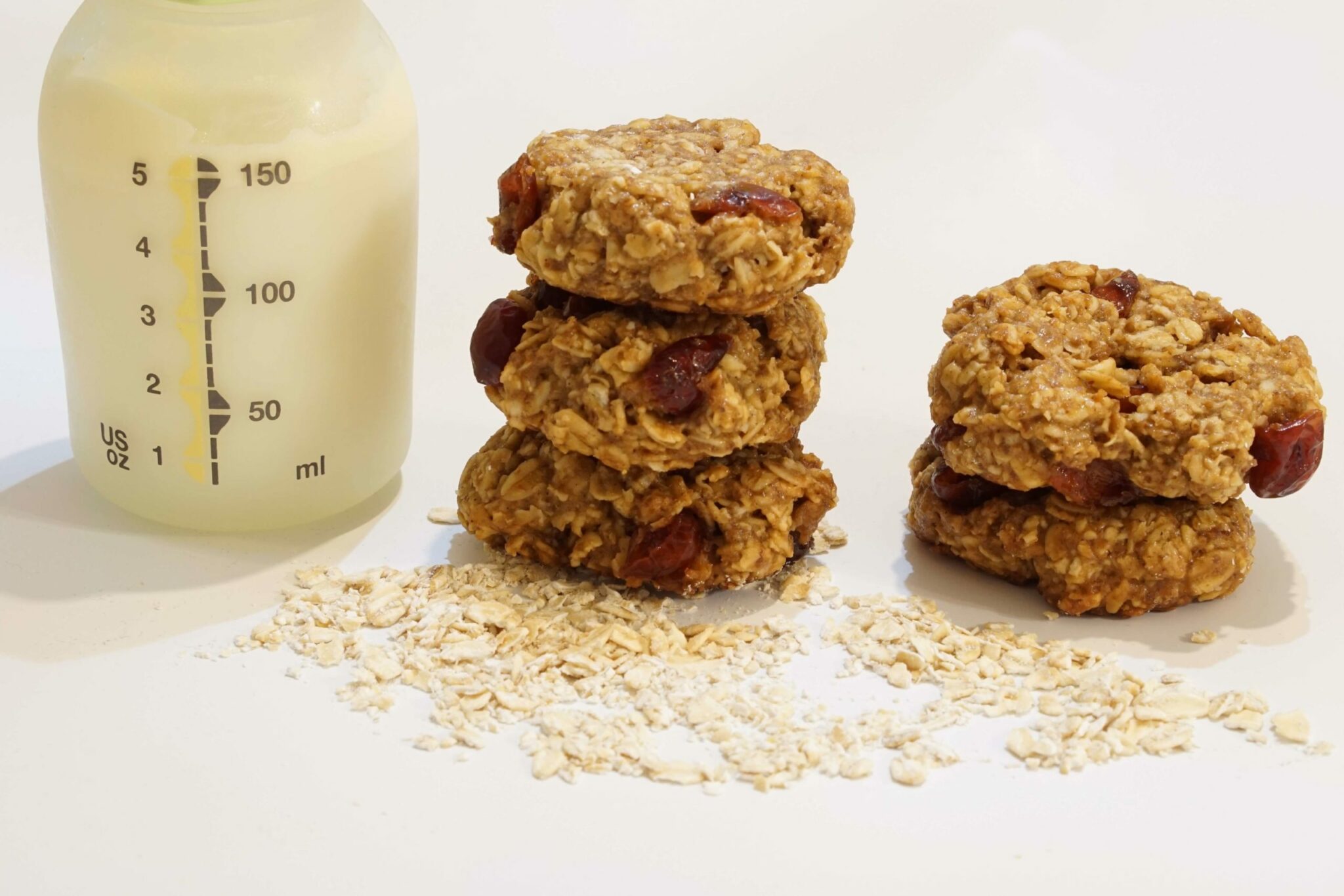Encouraging Children to eat Fiber


Fiber is an essential part of a healthy diet. It aids in healthy digestion, helps prevent obesity, and regulates blood sugar levels. It also prevents constipation.
Unfortunately, average children in the United States get less than half their recommended daily intake of fiber, mostly because of the lack of whole grains, fruits, and vegetables in their diets. Nutrition experts recommend parents follow the “age plus five” rule: take your child’s age and add 5 grams to determine how much fiber your child should have each day.
So how can you get more fiber into your child’s diet? First, try cutting down on the amount of processed grains (like white bread and white flour), and use whole grains instead, like whole wheat bread and flour. Processed grains are bad sources of fiber because the bran where most of the fiber is found is removed during processing. Then, work on introducing high-fiber foods kids enjoy, like pears, apples (with skin), or baked potatoes with the skin. A fresh apricot, for example, has 3.5 grams of fiber, while every tablespoon of peanut butter contains one gram of fiber.
Examples of good “beginning” fiber foods include:
Carrots (1/2 cup): 1.8 grams
Apples with skin: 3.6 grams
Banana (1 medium): 3.1 grams
Orange (1 medium): 3.1 grams
Raspberries (1/2 cup): 4 grams
Cheerios cereal: 2.5 grams
Next, try to introduce high-fiber vegetables, including:
Baked potato “fries” with skin (3 grams)
Green peas (4.3 grams)
Sweet potato with skin (3.8 grams)
Black beans (½ cup) (6.2 grams)
To get your children to eat more healthy vegetables, try:
Serving a variety of vegetables.
Setting a good example by eating more vegetables yourself.
Serving raw vegetables rather than cooked, or for the younger toddler, blanche vegetables to soften them a bit.
Steaming your vegetables rather than boiling to preserve their flavor and nutrients.
Serving vegetables like peas and carrots separate; let kids mix them if they like both.
Cutting vegetables into small dice for the new eater and progress to handy bite size pieces.
Letting kids help with cooking—it will encourage them to eat what they make.
Some children react to food color, smells, and textures differently. Be patient! After multiple exposures, children will enjoy their new foods. Make these changes gradually, since introducing large quantities of high-fiber food all at once could cause your child to experience gas and bloating. Also, make sure your child is drinking plenty of water.
Sources:
- University of California at Berkeley
- Dietary Fiber.
Mayo Clinic - Nutrition and healthy eating.
Harvard University - Fiber Content of Foods in Common Portions.
Illinois Department of Health Services - How to get your children to eat more fruits & vegetables.
USDA - National Agriculture Library.
Powered by Bundoo®










































